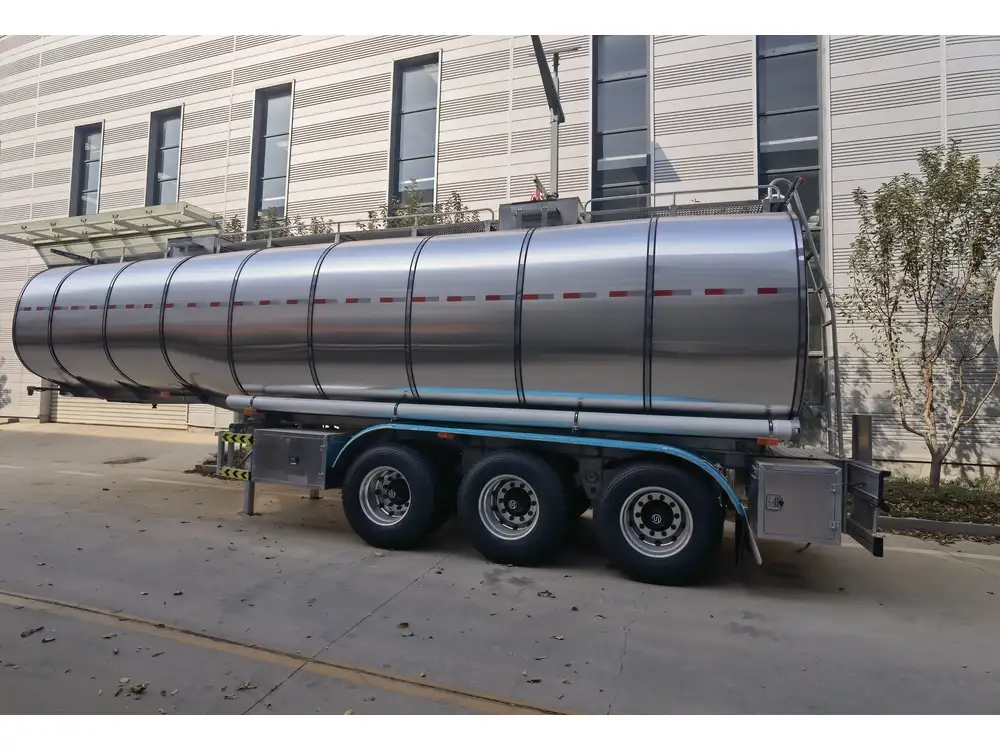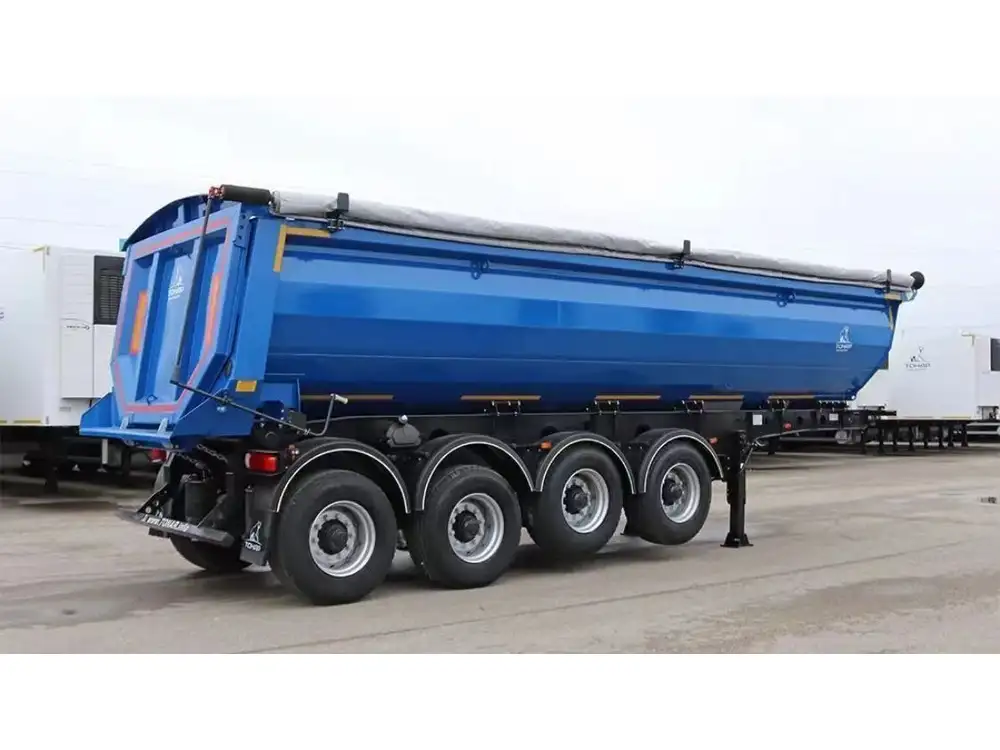Building a flatbed trailer frame is an intricate process that requires precision, knowledge, and the appropriate tools. The flatbed trailer is versatile, perfect for transporting various loads, including equipment, vehicles, and materials. By understanding the fundamental aspects and steps involved, we can simplify the journey from conception to completion of creating a durable, functional flatbed trailer frame.
Understanding the Basics of Trailer Frames
Flatbed Trailer Frame Components
The predominant components of a typical flatbed trailer frame include:
Main Beams: These are the primary support structures running lengthwise. Made from heavy-duty steel or aluminum for optimal strength.
Cross Members: Positioned perpendicularly to the main beams, these provide added structural integrity and distribute the load evenly.
Rails: These run along the edges of the trailer, often used as mounting points for additional features.
Axles: Critical for wheel support, the axles play a fundamental role in the load-bearing capacity of the trailer.
Hitch: The connecting mechanism to the towing vehicle, which must be sufficiently strong to handle the load.

Materials Needed
Before embarking on the building process, one must gather the following materials:
Steel or Aluminum Beams: The choice of material impacts the trailer’s weight and durability.
Welding Equipment: For joining components together, welding offers a robust solution.
Cutting Tools: A metal saw or cutting torch to accurately size components.
Hardware: Bolts, nuts, and washers are necessary for securing the assembly.
Paint: Corrosion-resistant paint to protect the frame from the elements.
Step-by-Step Guide to Building a Flatbed Trailer Frame
Step 1: Designing the Trailer

Determining the Specifications
Length and Width: Common dimensions for flatbed trailers range from 8 to 20 feet in length and 6 to 8 feet in width, but the design should fit specific needs.
Weight Capacity: You must define the maximum weight your trailer will carry, adjusting the frame’s dimensions and materials accordingly.
Drafting a Blueprint
Create a detailed drawing of the trailer, indicating all measurements and materials. A well-thought-out blueprint serves as a roadmap, ensuring accuracy during construction.
Step 2: Cutting the Main Beams
Using the metal cutting tools, cut your chosen beams according to the designated lengths on your blueprint. Pay attention to ensure:
Precision: Misjudgments at this stage lead to structural integrity concerns later on.
Safety: Always wear protective gear to mitigate any risks during cutting.

Step 3: Assembling the Frame
Joining the Main Beams and Cross Members
Position the Main Beams: Place the main beams parallel on a level surface, ensuring they are evenly spaced according to the trailer’s design.
Install Cross Members: Secure the cross members between the main beams at regular intervals, typically every 16 to 24 inches, depending on load requirements.
Welding: Use the welding equipment to join all connections. Each weld should be thorough; inspect them visually to ensure consistency.
Step 4: Adding the Rails
The next task involves affixing the side rails along the edges of the trailer. This requires:
Cutting the Rails: Ensure they are appropriately sized to fit the length of your trailer.
Mounting: Use brackets or welding to secure the rails to the main beams. Ensure a tight fit, as this aids in overall stability.

Step 5: Installing the Axles
Selection of Axles: Depending on your weight capacity needs, choose the axles carefully. They should be rated beyond the expected load for safety.
Mounting the Axles: Position the axles on the frame’s underside. Ensure they are centered for balance and secure them using bolts or welding.
Step 6: Applying Finish and Paint
Once the assembly is complete, it’s vital to protect the frame from rust and environmental damage.
Surface Preparation: Clean the metal surfaces thoroughly.
Painting: Apply corrosion-resistant paint to all exposed areas. This step does not only improve aesthetics but also greatly enhances longevity.
Step 7: Final Assembly and Inspection
Before using your trailer:
Check All Connections: Tighten bolts and inspect welds.
Test Weight Capacity: Conduct a weight test with a load close to the capacity to ensure the integrity of the frame.
Safety Features: Consider adding reflectors and safety chains.

Common Problems and Solutions
Problem 1: Structural Weakness
Symptoms: Bowing or sagging in the frame.
Solution: Analyze the weight distribution and consider adding more cross members for support.
Problem 2: Misalignment
Symptoms: Uneven tire wear or difficulty towing.
Solution: Inspect the alignment of axles and main beams. Adjust and re-weld as necessary.

Problem 3: Corrosion
Symptoms: Rust forming on the frame.
Solution: Regularly inspect and repaint areas that show signs of wear. Consider using galvanized steel for better resistance.
Maintenance Tips for Your Flatbed Trailer Frame
Ensuring the longevity of your semi-trailer requires diligence in maintenance:
Regular Inspections: Periodically check for loose bolts, cracks, or signs of wear.
Cleanliness: Keep the trailer clean; remove debris to prevent rust.
Lubrication: Regularly lubricate moving parts, especially axles and hinges.
Seasonal Checks: Conduct thorough examinations before and after each season, particularly after winter or heavy usage periods.
Conclusion
Building a flatbed trailer frame is a multifaceted process that demands careful planning, precise execution, and ongoing maintenance. By following this comprehensive guide, not only can we create a robust and efficient flatbed trailer, but we can also ensure its longevity through regular upkeep. The right frame serves as a foundation for countless successful loads transported, proving that every detail counts in trailer construction and maintenance. With dedication and these guidelines, our journey into the world of trailer construction can yield impressive results that stand the test of time.



